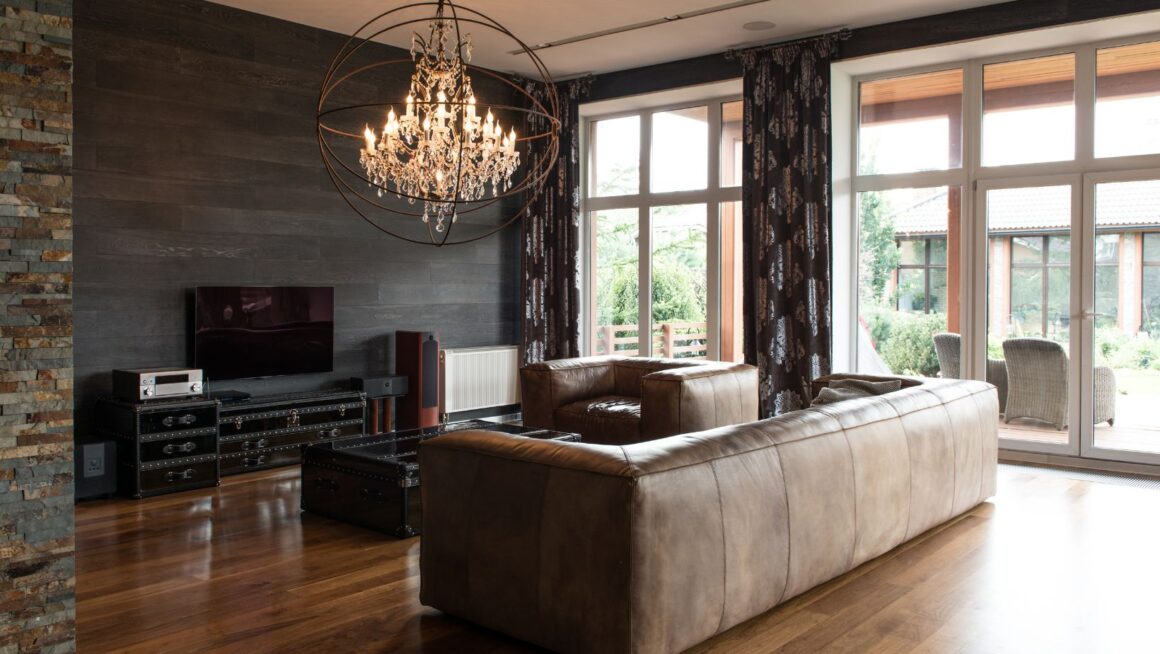
For decades, plywood was considered a purely practical material, hidden behind walls or beneath surfaces. However, in recent years, it has been quietly reclaiming its place as a stylish and sustainable design choice. Designers, homeowners, and architects alike are rediscovering the charm of plywood — not only for its affordability but also for its warmth, texture, and versatility. Today, plywood is being used to create elegant interiors that balance modern minimalism with natural appeal.
The Natural Appeal of Plywood
One of the main reasons for plywood’s resurgence in interior design is its natural aesthetic. Plywood, made from thin layers of wood veneer bonded together, offers a distinctive grain pattern that adds texture and warmth to any space. Unlike engineered or synthetic materials, it brings a sense of authenticity that connects interiors to nature — a quality that is increasingly sought after in today’s urban homes.
Designers are using plywood to achieve the coveted “Scandi” or Japandi look, where simplicity meets functionality. Its light tones complement neutral palettes beautifully, creating a sense of calm and openness. Whether it’s used for cabinetry, wall cladding, or furniture, plywood fits effortlessly into modern, rustic, or even industrial interiors.
A Sustainable and Affordable Choice
Sustainability is at the forefront of contemporary design decisions, and plywood checks many of the right boxes. It’s an eco-friendly material when sourced responsibly, as it uses smaller amounts of solid wood compared to traditional hardwood furniture. The process of layering thin veneers also makes efficient use of timber, reducing waste.
Furthermore, many manufacturers now offer FSC-certified plywood, ensuring that the wood comes from sustainably managed forests. For eco-conscious homeowners, this makes plywood an appealing alternative to materials that rely heavily on plastics or composites.
Affordability is another advantage. Plywood delivers the look and feel of solid wood at a fraction of the cost, making it ideal for large-scale projects or renovations. It offers excellent value without compromising style — a key reason why it’s regaining attention in both residential and commercial design.
Design Versatility Across Spaces
Plywood’s adaptability allows it to fit seamlessly into nearly any design concept. It can be cut, bent, and finished in countless ways, giving designers the freedom to explore innovative forms and textures. In kitchens, plywood is increasingly used for cabinet doors and open shelving, often paired with matte finishes or stone countertops for contrast.

In living rooms, plywood paneling can add warmth to walls while maintaining a sleek, contemporary look. For bedrooms, it’s a favorite for minimalist wardrobes, headboards, and built-in storage units that don’t feel heavy or bulky. Even bathrooms — traditionally resistant to wood materials — can now feature moisture-resistant plywood for vanity units or wall cladding, combining durability with organic charm.
A particularly popular trend involves using plywood in rectangle panelling designs. This geometric layout adds rhythm and dimension to plain walls, offering a fresh alternative to traditional wainscoting or wallpaper. The clean lines of rectangular sections create a refined look that suits both classic and modern interiors.
Strength and Durability
Beyond its beauty, plywood is also highly durable. The cross-grain construction gives it strength and resistance to warping, making it more stable than solid wood in many cases. This stability is especially beneficial in environments where temperature and humidity levels fluctuate — such as kitchens or bathrooms.
High-grade plywood can support heavy loads, making it suitable for shelving, furniture, and flooring. With proper sealing and finishing, it can last for decades, proving that it’s not just a design fad but a long-term investment.
Another advantage is that plywood can be easily refinished or repainted, allowing homeowners to update their interiors without replacing entire structures. This adaptability supports the growing trend toward circular design and sustainability, where materials are reused rather than discarded.
A Timeless Yet Modern Statement
While plywood was once associated with mid-century modern interiors, it has evolved into a timeless design element that transcends eras. Its ability to balance functionality with natural beauty makes it a perfect fit for today’s aesthetic — where understated luxury and authenticity take precedence over glossy perfection.
Architects and interior designers appreciate its flexibility: plywood can be minimalist or decorative, raw or polished, rustic or refined. When paired with metal accents, it creates a chic industrial feel; combined with soft fabrics and warm lighting, it becomes cozy and inviting.
In commercial spaces such as cafés, offices, and boutique stores, plywood has also made a strong comeback. Its approachable look and tactile quality create environments that feel both professional and welcoming.
Conclusion: The Quiet Power of Plywood
Plywood has come a long way from being a background material. Its blend of sustainability, versatility, and timeless appeal has positioned it as a cornerstone of modern interior design. Homeowners seeking warmth, texture, and natural beauty are increasingly turning to plywood as a practical yet stylish option.
As trends continue to move toward sustainable and honest materials, plywood’s comeback feels less like a passing fad and more like a return to what truly matters — craftsmanship, simplicity, and the enduring beauty of natural wood.



